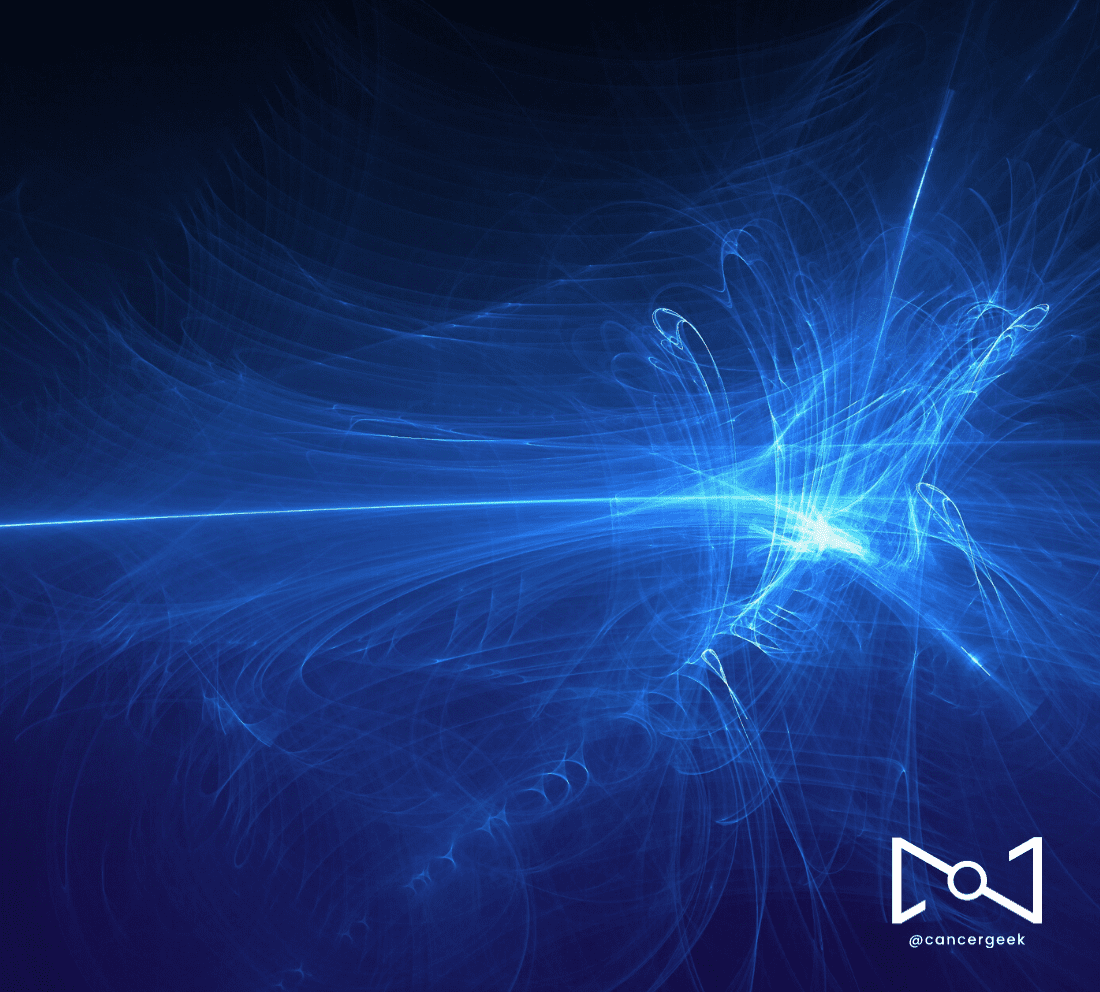
15 Jan What is digital?
Last week I was asked the following question by one of the administrative assistants, “What is digital?”
I think it is a great question.
One that has multiple answers based on who you ask, their roles, their experience and if they are a patient, a physician, a payer, a politician, or if they are part of the pharmaceutical or medical technology industry.
She shared with me that she was not that familiar with the evolution of technology within healthcare, so I shared the below story with her (feel free to steal at will):
If you remember when you were growing up and you used to go see a pediatrician as a child, they used to walk into a room with a large manilla folder. That folder held all of your records, written, in paper form. If you needed an X-Ray or image of some kind, those were usually held in a larger manilla folder and the pediatrician would place on a box, turn on a light, and you would be able to see the image hanging on the wall.
Then computers became mainstream.
The notes and records that your physician used to write on paper were transferred into a “digital” format which simply meant that they scanned the paper documents into a computer to reduce the amount of paper that had to be stored physically.
People soon realized that it was harder to search for documents that were scanned into a computer and they began to shift from scanning documents into creating forms, checkboxes and other ways to collect your medical information into a format that could be easily searched, identified, and read on a computer or laptop.
After another period of time, people realized that collecting the information in files on a computer was beneficial, but we needed to be able to generate trends and gain insights into medical information so they improved the collection and curation to allow for queries and reports to be generated.
Over time the “digital” evolution has been less and less about the hardware and more and more about the software.
Then I let her in on a little secret…humans haven’t really changed over the course of their existence. People still need to communicate with one another in order to perform their work. We do this in 3 ways: hearing, speaking or seeing.
Digital just happens to be the current mode of how we communicate today. It’s faster, cheaper, and on a scale that connects us globally.
Digital will enable care delivery at the N of 1.
However, don’t get tied to it, because like all things, it is going to change again.
If you want to receive my 2018 weekly email, please signup at this link: http://eepurl.com/dgCMcX
As always feel free to email me at cancergeek@gmail.com or follow me on Twitter and Instagram as @cancergeek
~Cancergeek

No Comments